29 surprising foods you never knew you COULD eat
Expand your culinary boundaries

Bartosz Luczak/Shutterstock
There's a whole host of ingredients out there that many may dismiss as waste, weeds or just plain wacky. But with a little know-how, these unexpected items can be transformed into delicious dishes. From watermelon rinds and crab shells to dandelions and nettles, we've compiled the ultimate list of unusual things you might want to start adding to your diet – counting down to the most surprising potential foodstuff of all.
Read on to discover 29 'foods' you probably didn't realise you can eat. Have you tried any of them before?
We've based our ranking on how these foods are usually viewed (and general awareness of their edibility), as well as the opinions of our well-travelled (and well-fed) team. This list is unavoidably subjective.
29. Cauliflower and broccoli leaves
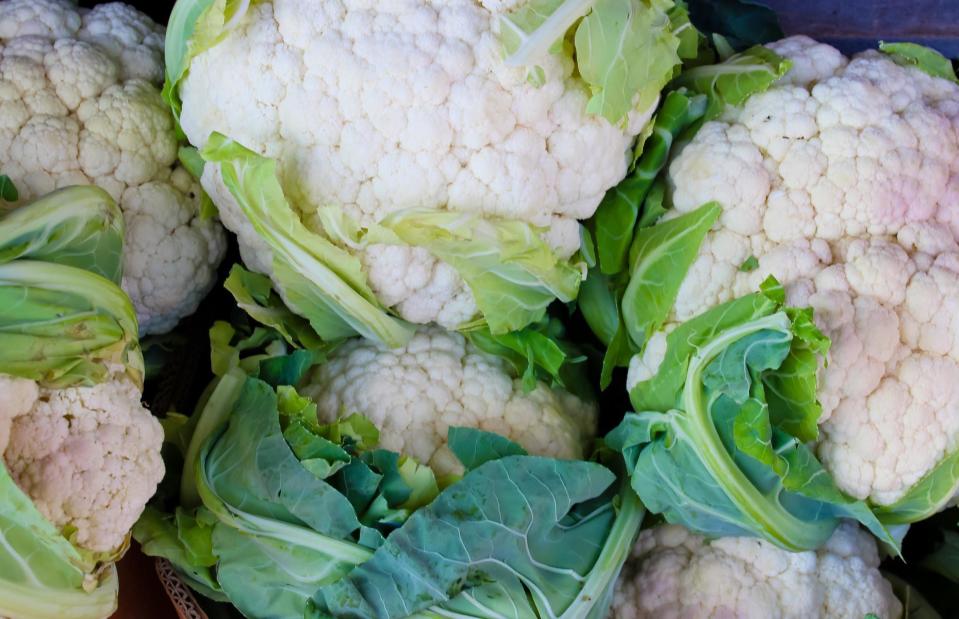
picalarm/Shutterstock
There’s no need to throw away cauliflower or broccoli leaves – instead, turn them into kale-like crisps by roasting them in olive oil and a few pinches of salt. Like other greens, cauliflower and broccoli leaves can also be sautéed with your choice of seasonings, or boiled to create a healthy side dish.
28. Broccoli stems
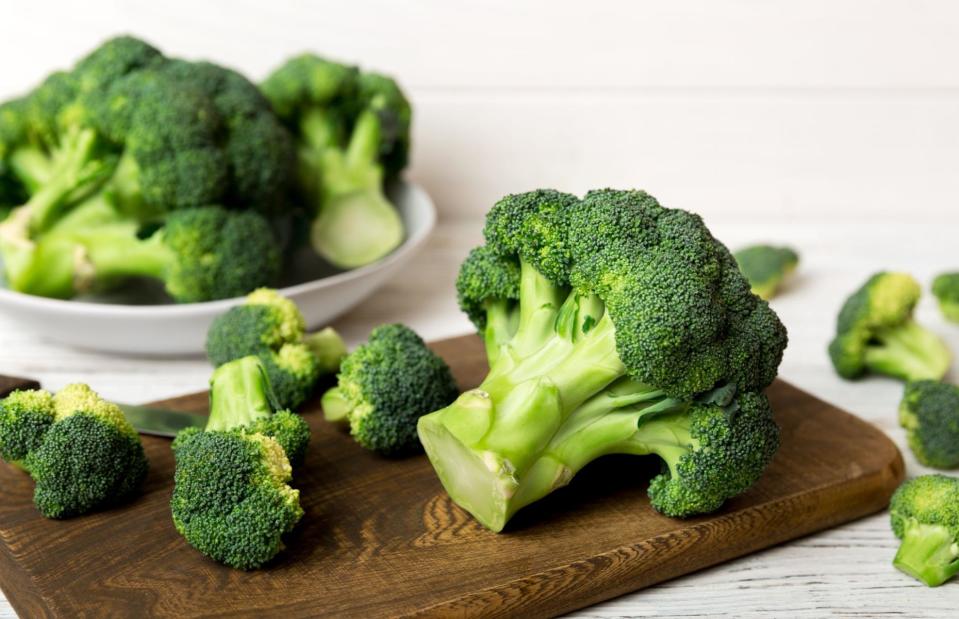
SNeG17/Shutterstock
Do you cut the florets off your broccoli and throw out the stems? You could be missing out on a lot of nutrients – and generating unnecessary food waste in the process. The stems of broccoli can be eaten too, offering a milder and sweeter flavour than the florets. They’re delicious chopped up and roasted with your favourite seasonings.
27. Beetroot stems
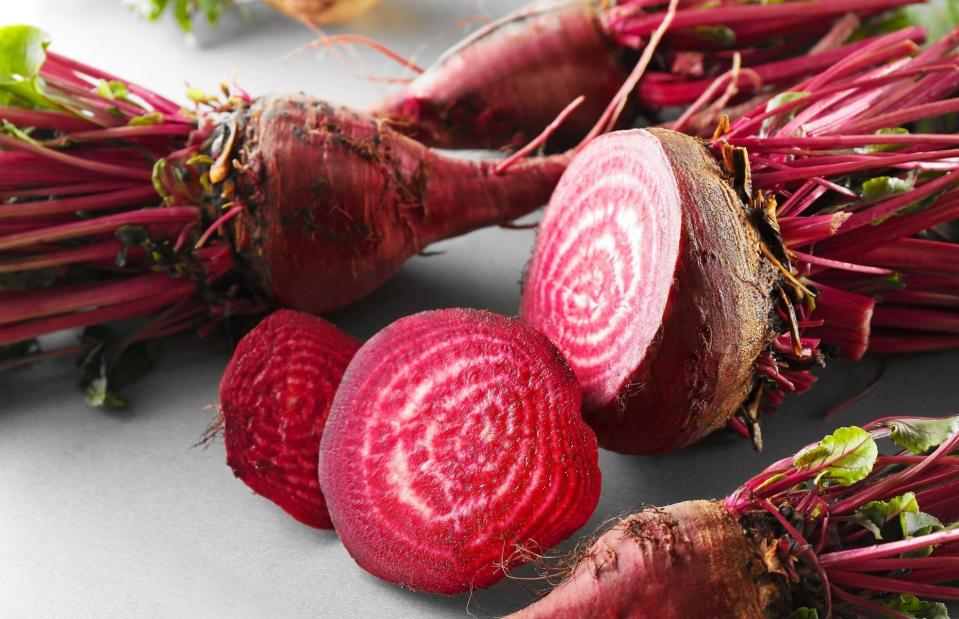
Africa Studio/Shutterstock
Leafy beetroot stems are a great alternative to spinach, bok choy and Swiss chard – and they’re full of vitamins and minerals, including vitamins A, C and D, iron and calcium. Treat them as you would any other fresh greens; simply steam them, braise them or sauté them with a little butter. You could even eat them raw in a salad.
26. Pumpkin seeds
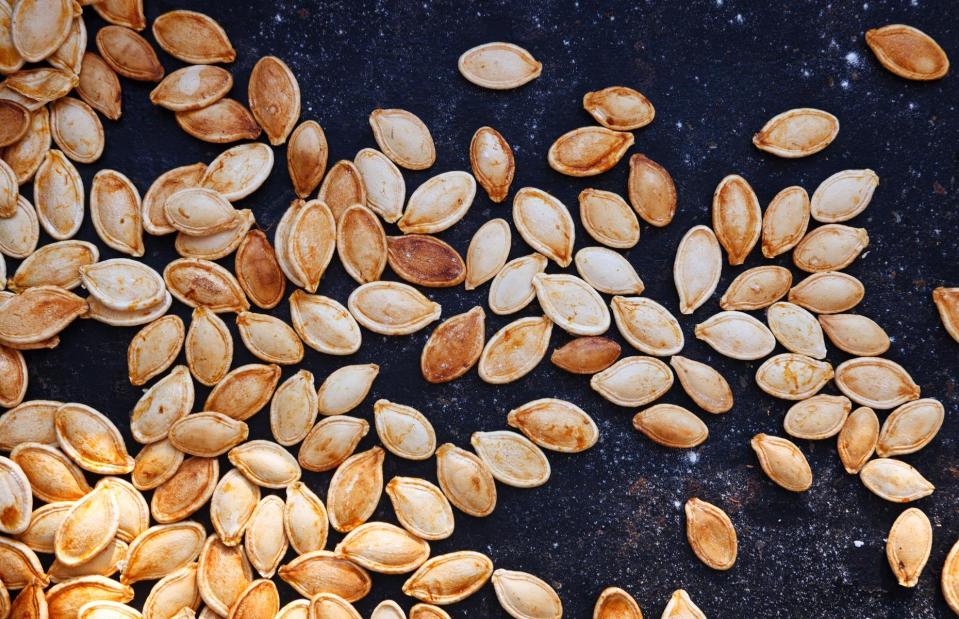
Kucher Serhii/Shutterstock
Next time you’re scraping out a pumpkin to make soup, set aside the seeds. These versatile kernels can be washed, dried, then roasted with your favourite herbs and spices (paprika and chilli would work well, as would rosemary and oregano). Why not give it a try and experiment with your favourite flavours?
25. Lemon peel
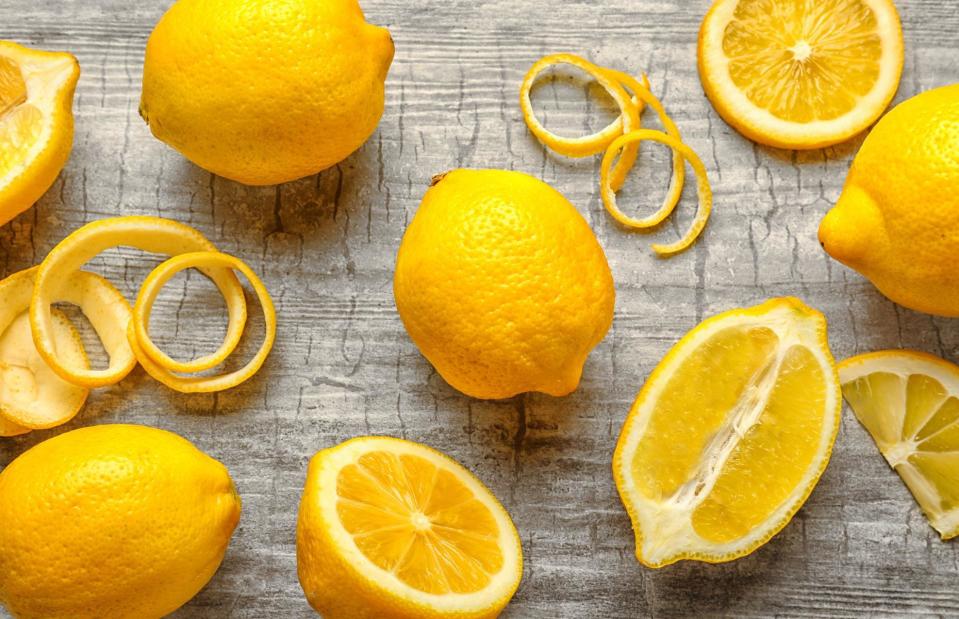
Africa Studio/Shutterstock
You might be surprised to learn that lemon peel is packed with nutrients – so think twice before you throw it away. You can grate the zest into salads, soups and smoothies for some extra zing. Alternatively, save pieces of peel to use in fruit teas or cakes, or to mix into pastry before baking. You can also use candied lemon peel or the peel from other citrus fruits.
24. Orange peel
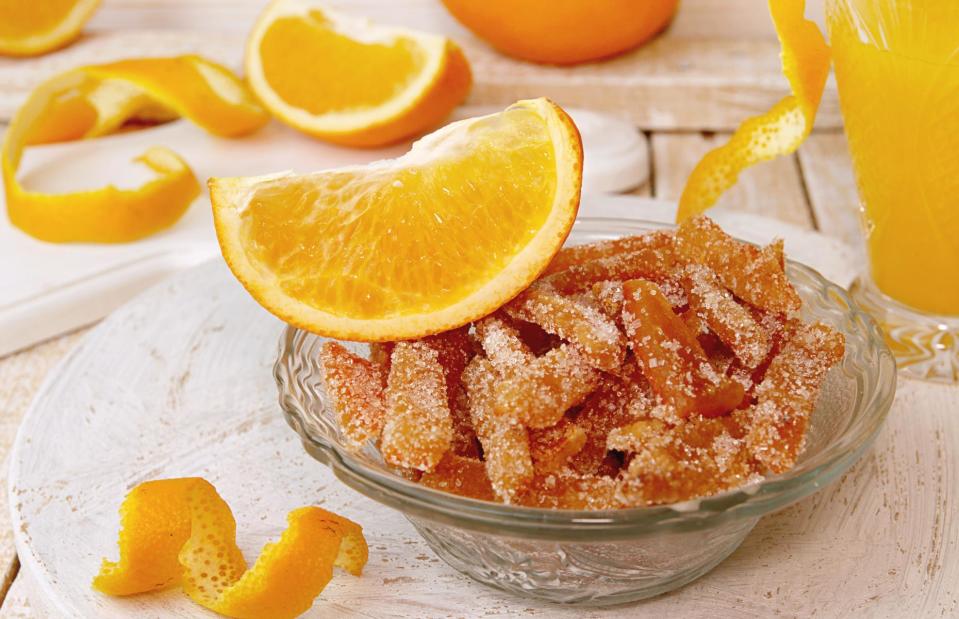
twomeerkats/Shutterstock
Orange peel can be used to add flavour or fragrance in a variety of ways. Like to make your own drinks? Add your peel to mulled wine, or steep it in vodka, gin or limoncello for a few days to make a delicious citrus-infused spirit. Alternatively, candied orange peels are delicious – whether eaten alone, dipped in chocolate or used to garnish cakes and desserts.
23. Apple cores
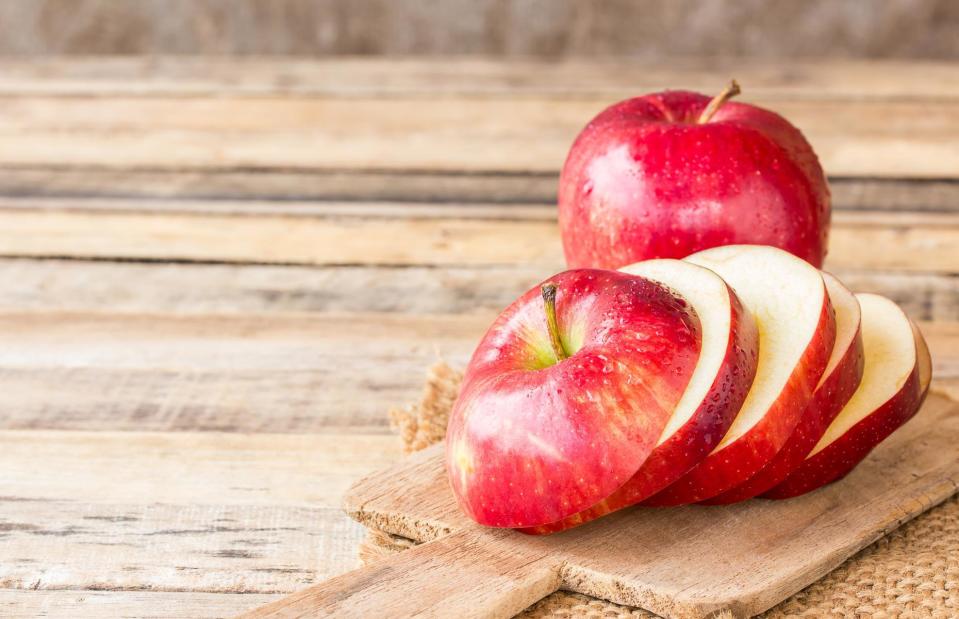
DomDew_Studio/Shutterstock
Some people say that there’s no such thing as an apple core and that you should just slice – or chomp – through the entire fruit (minus the stem and pips, of course). Most of us only leave the middle because that’s what we’ve been taught, but there’s really no need; the 'core' is completely edible.
22. Kiwi skins
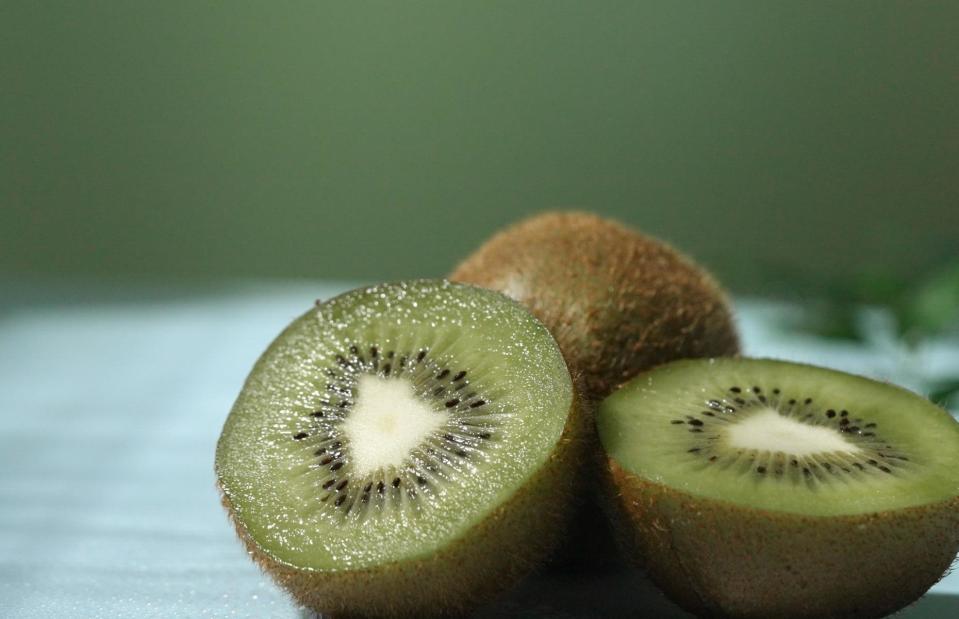
Owlie Productions/Shutterstock
For some people, it’s natural to eat a whole kiwi, skin and all. Others prefer to scoop out the insides, throwing the skin away. There’s no reason to waste the skin, though, unless you simply don’t like the texture. Kiwi skin has lots of fibre in it, plus plenty of vitamin C and vitamin E – so, next time you eat one, try biting into it instead of reaching for a spoon.
21. Fish heads
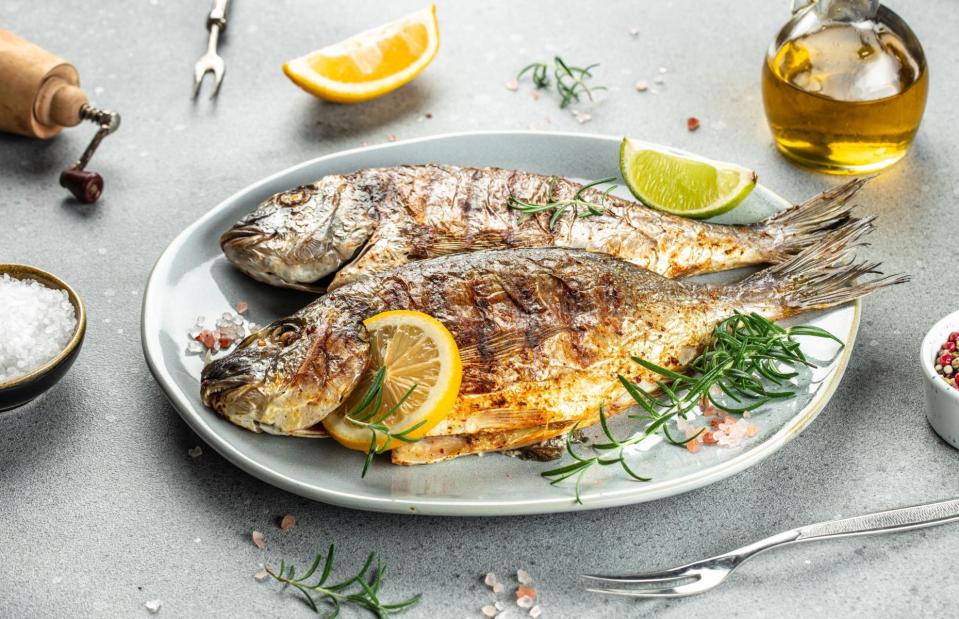
sweet marshmallow/Shutterstock
We often throw away some parts of a food, thinking they're inferior to the rest. Fish heads are just one example of this. Some people stick to using the heads for stock, but others regard the eyes, cheeks and other parts of the head as tasty delicacies to be enjoyed in their own right. If you’re tucking into a whole cooked fish, don’t leave the head on the plate – it may not look pretty, but it’s still packed with flavour.
20. Strawberry tops
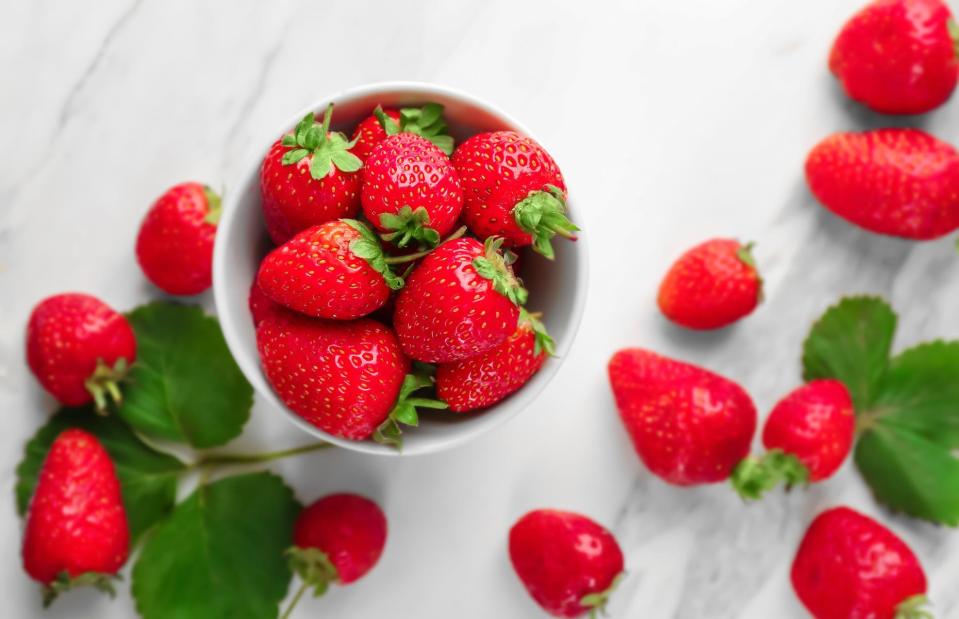
Africa Studio/Shutterstock
If you love making fresh fruit smoothies, stop cutting the tops off your strawberries – there’s no need. These short, spiky leaves are full of goodness, and you won’t even notice them if you’re whizzing them up. Strawberry tops can also be used to flavour spirits and balsamic vinegar, or to infuse water.
19. Dandelions
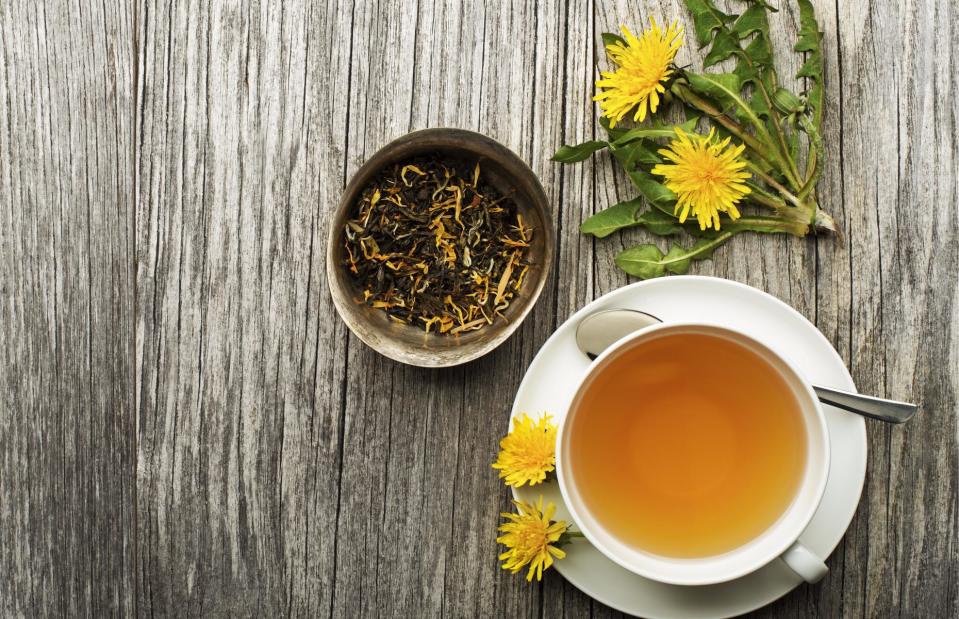
DUSAN ZIDAR/Shutterstock
In medieval England, dandelions were often collected and used to make a sweet, wine-like liqueur – but nowadays, they’re considered one of the world’s most common weeds. They do still have their uses, though; young dandelion leaves can be added to salads, stirred into risottos or used to make dandelion tea. Stay safe by letting the experts do the picking, and avoid anything that's been sprayed with chemicals or found by the roadside (these plants will have picked up toxic petrol fumes).
18. Watermelon rinds
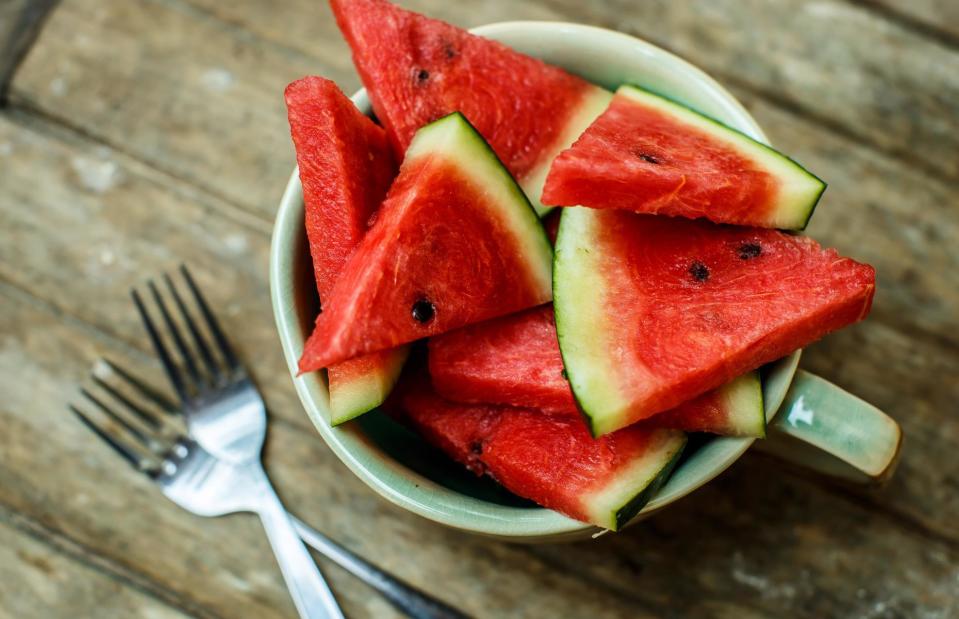
Boiarkina Marina/Shutterstock
You may not have considered eating watermelon skin before, but it’s actually very versatile. Grated rinds can be added to zingy salsas or used as an alternative to cabbage in coleslaw. Pickled rinds are also popular in South Africa; here, they’re used to make a sweet jam called waatlemoen konfyt, which is sometimes served with cheese.
17. Flowers
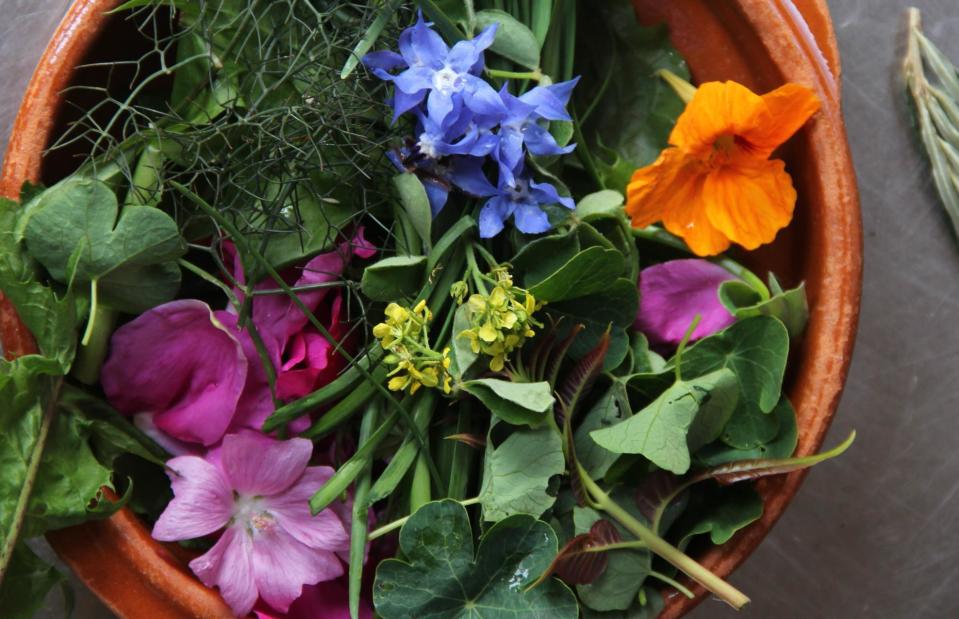
Edward Simpson/Shutterstock
There's a wide range of edible flowers out there, just waiting to brighten up your salads, soups and desserts. A few common varieties include borage, day lily, hibiscus, hollyhock, scented geranium and viola. However, make sure you get them from a reputable edible flower supplier; flowers sold in garden centres may have been sprayed with chemicals.
16. Lavender
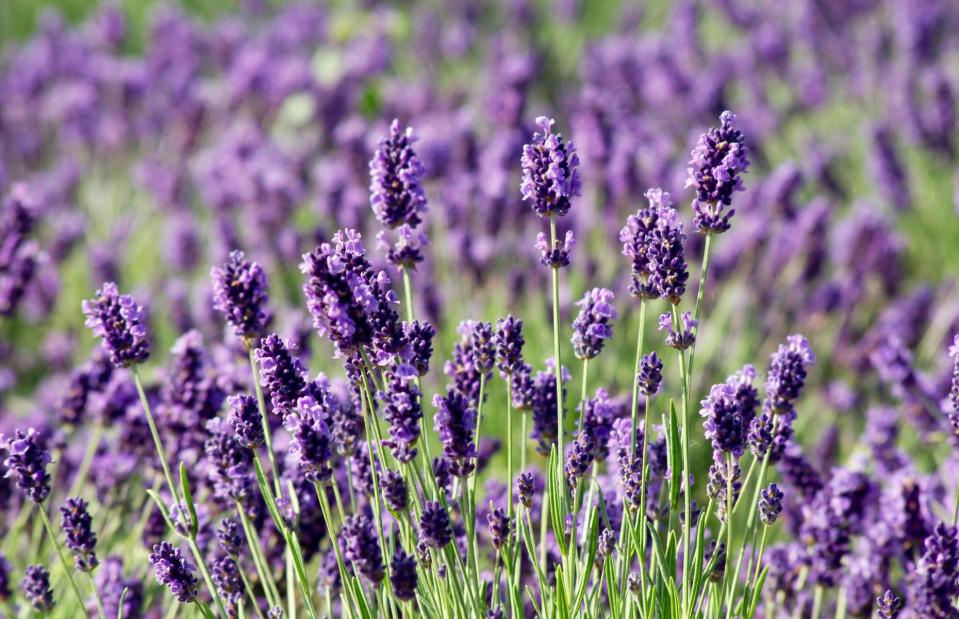
dadalia/Shutterstock
Instantly recognisable, lavender is a floral herb with a heavy scent and a strong flavour. It can be added to cakes, breads, jams and slow-roasted meat dishes for fragrance – but if you’re going to try it out, make sure you use it sparingly, as it can be overpowering. As always, only eat lavender that's marked as edible (or that you've grown yourself).
15. Courgette flowers
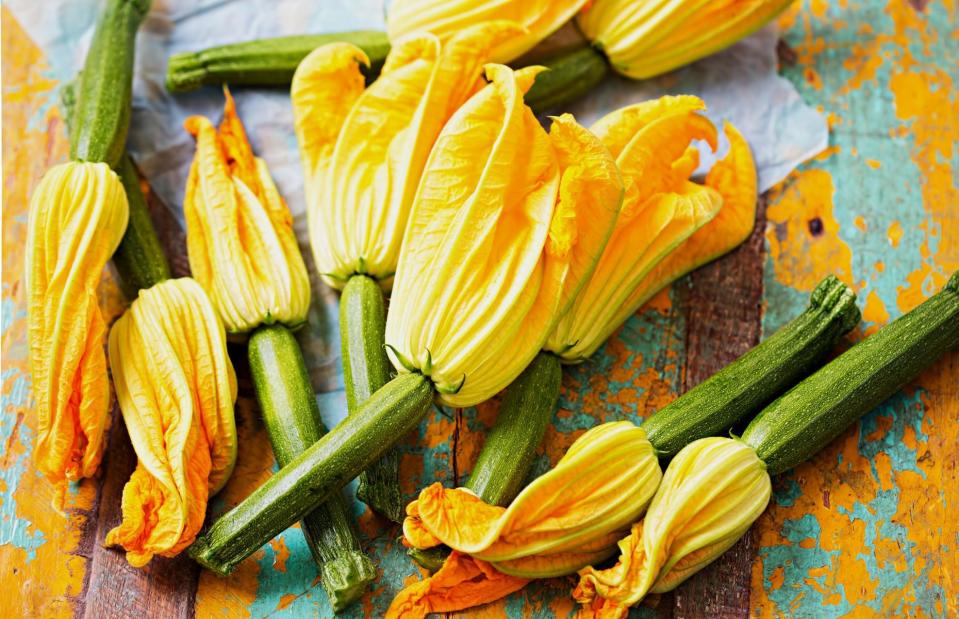
Bartosz Luczak/Shutterstock
If you grow your own vegetables, you may recognise these bright yellow courgette flowers, which usually sprout during the summer months. However, if you’ve been throwing them away, you’ve missed a trick; these delicate and slightly sweet-tasting flora are delicious when stuffed with ricotta and deep-fried.
14. Elderflower
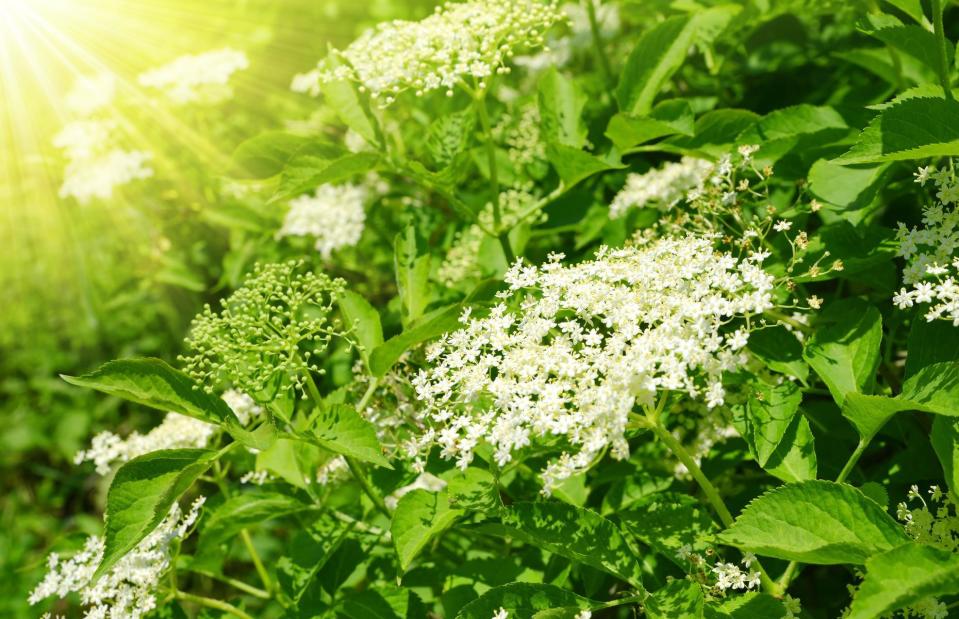
jaroslava V/Shutterstock
Elderflower is a versatile blossom that's native to European woodlands and marshes, but it's also very common throughout the Northern and Eastern United States. These white flowers can be used to make cordials, biscuits, teas and even infused spirits. However, its leaves and stems are poisonous, so leave the picking and preparing to experienced food producers.
13. Mallow
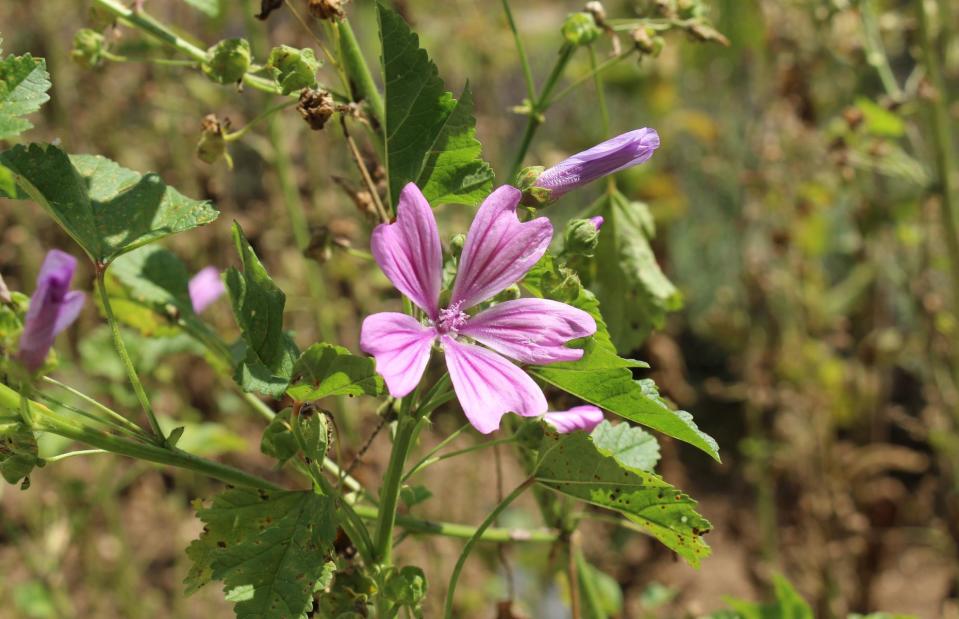
RukiMedia/Shutterstock
Mallow leaves (also known as cheeseweed) are highly nutritious and packed with vitamin A. They're quite bland, but this can work to their advantage; they take on the flavours of other ingredients in the tastiest possible way. For example, they're great in green salads, or sautéed with butter and salt. Mallow is widely considered a weed, so it's unlikely that you'll stumble across it in the shops – your best bet is to buy the seeds and grow your own.
12. Stinging nettles
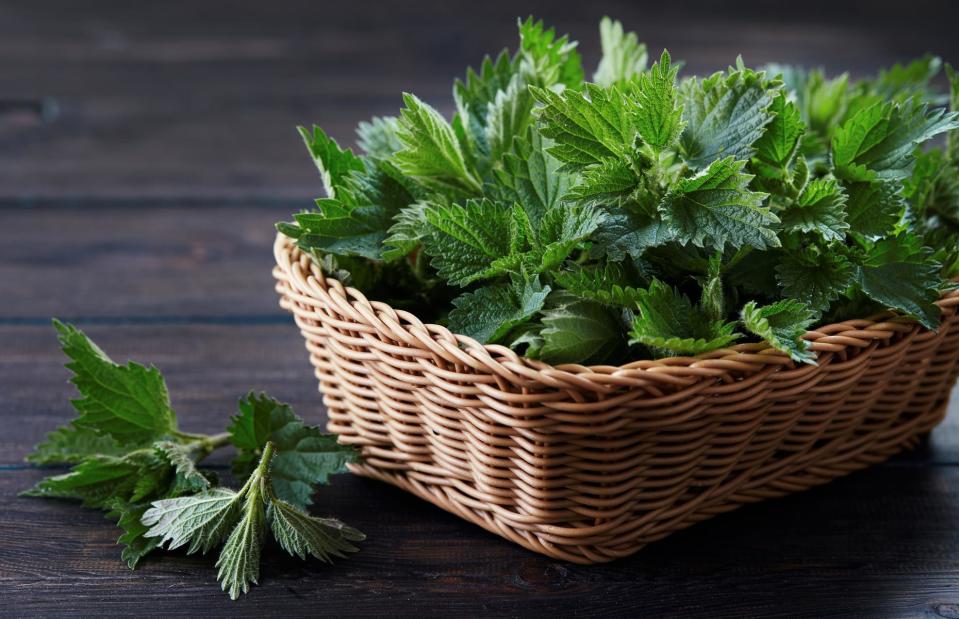
Melica/Shutterstock
Nettles grow in most moderate climates around the world – and if you handle them correctly, they can be used in a wide range of dishes. Once wilted, they'll no longer sting you, but you'll need to wear gloves when picking them (though we recommend leaving this to the experts). When boiled, nettles taste a lot like spinach. They can be used in pesto, soups and even cakes. However, it’s recommended that pregnant women don’t consume them, as they may trigger contractions.
11. Hawthorn
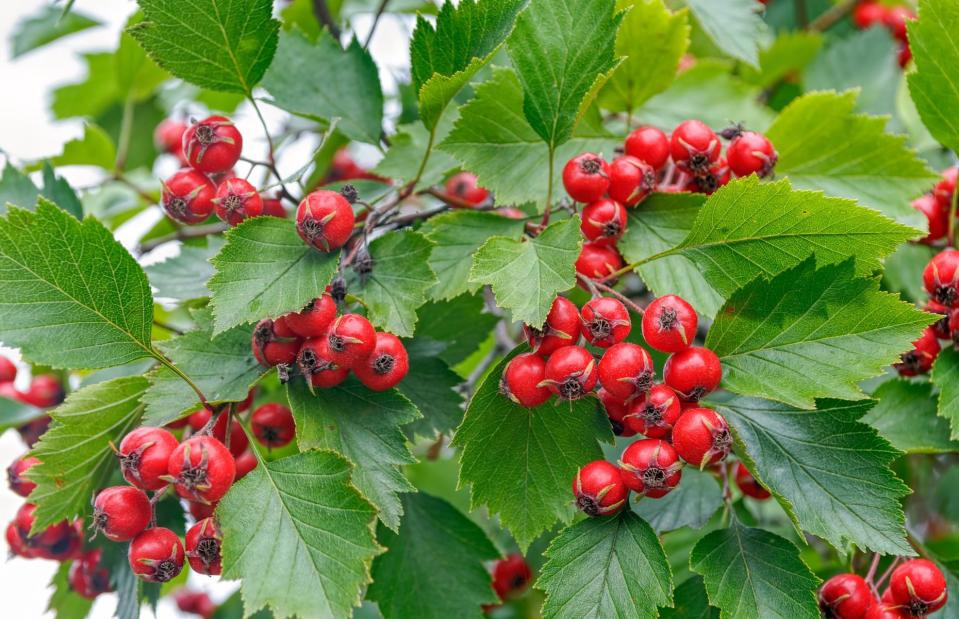
Igor Grochev/Shutterstock
Wild hawthorn berries can be found on hedgerows in countries with moderate climates – and they thrive particularly well in marshes and moist woodlands. They taste a lot like over-ripe apples and can be eaten raw, but they’re even nicer added to the likes of jams, sauces, infused vinegars and fruit breads. Just leave the foraging to the experts; you don't want to accidentally pick something poisonous.
10. Pine needles
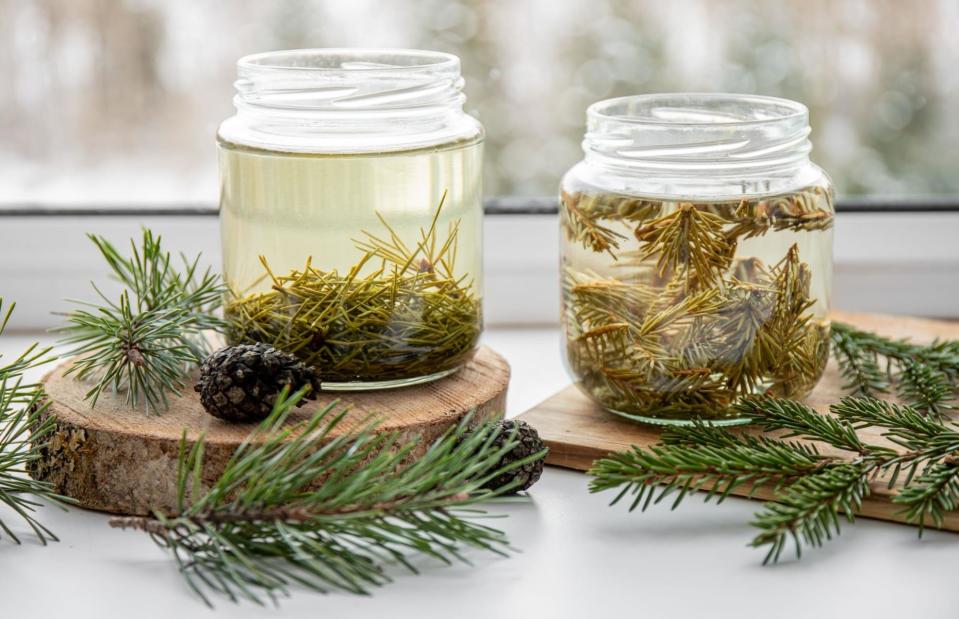
FotoHelin/Shutterstock
Did you know that you can eat the needles from pine trees and other evergreens, such as spruce trees? They can be made into tea or used to infuse flavour into a range of dishes (in fact, top chefs swear by them). Fans say they have citrussy notes, and use them in everything from infused oils to ice creams. However, yew trees – which are poisonous – are often mistaken for pine trees, so don’t pick any needles without getting some expert guidance first.
9. Crickets
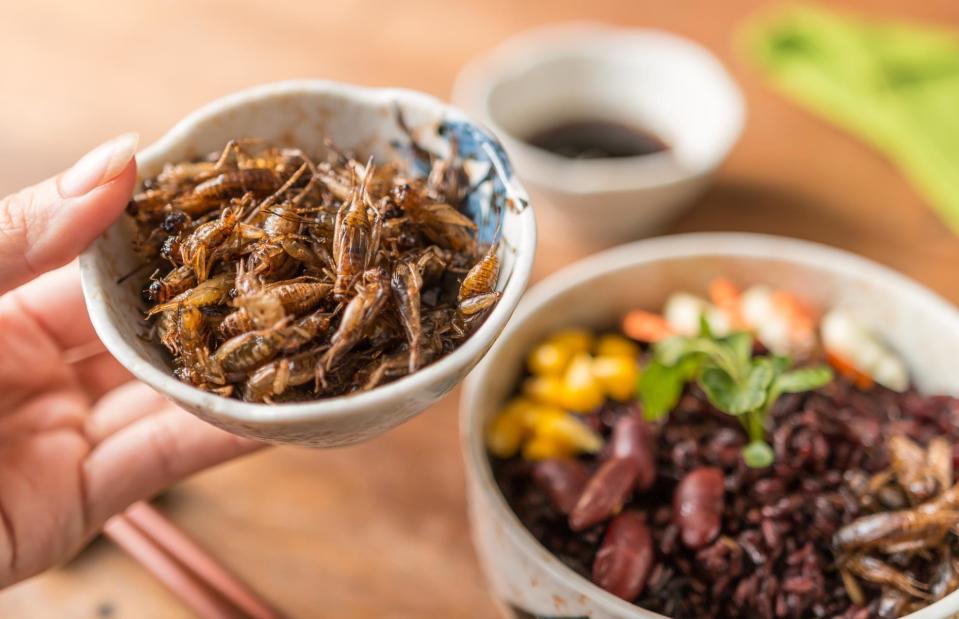
CK Bangkok Photography/Shutterstock
Eating insects is common in some countries; many people happily tuck into the likes of grasshoppers, grubs, beetles and ants. In recent years, health food stores around the world have started to promote freeze-dried crickets, mealworms and buffalo worms as sustainable high-protein, low-carb snacks – and it's predicted that they'll soon become a more common part of our everyday diets. They’re safe to eat, so long as they’re responsibly raised for human consumption.
8. Prawn shells
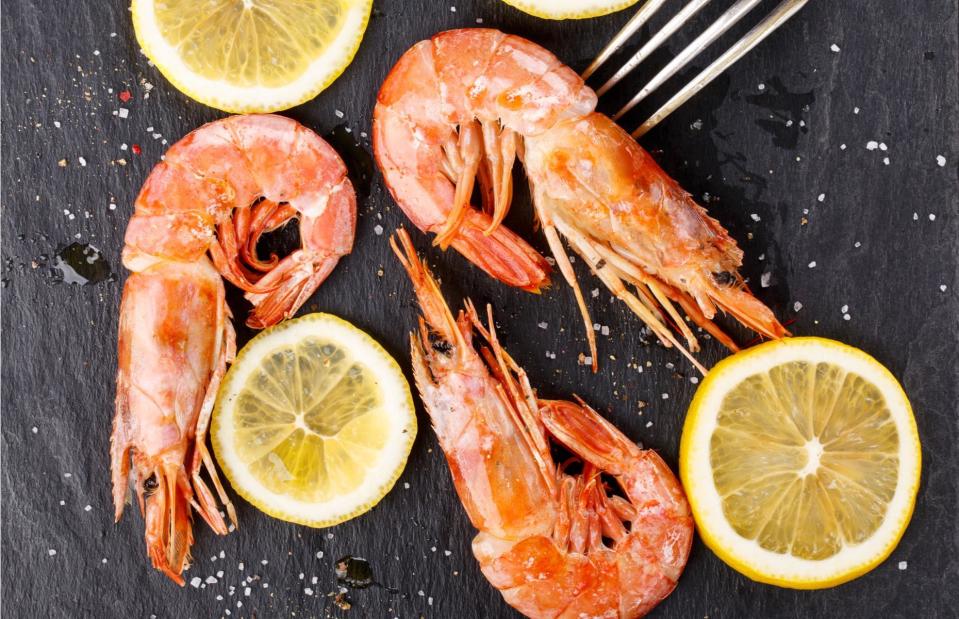
Geshas/Shutterstock
Deep-fried prawn shells (without the head and vein) make tasty snacks. The recipe's simple, too: just cover shell-on prawns in cornflour and salt, then deep fry them. If you've already shelled your prawns, try throwing the shells into fish stock to extract all their delicious flavour.
7. Cactus fruit
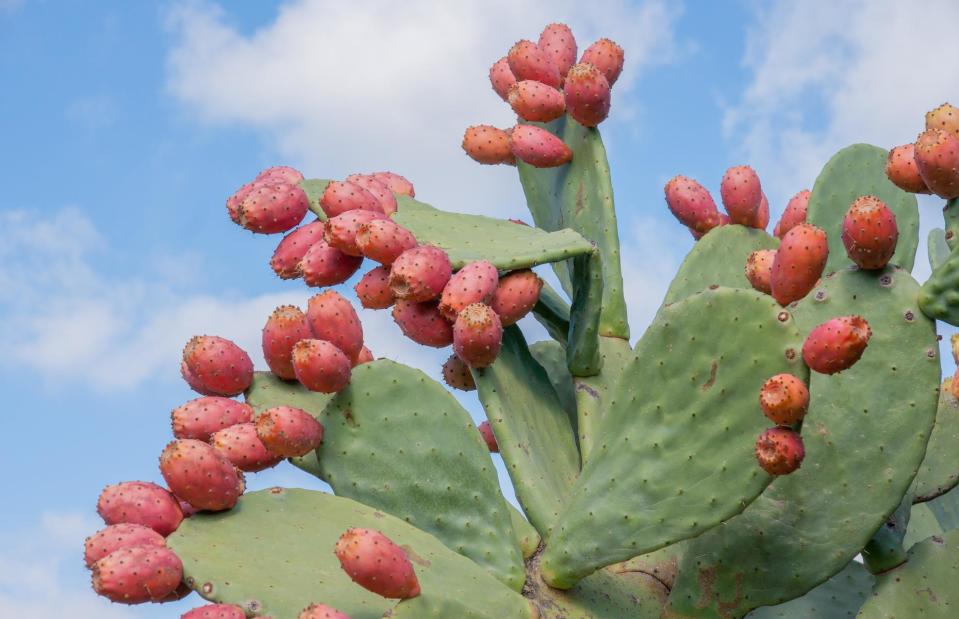
Emiliano Pane/Shutterstock
Covered in needle-like thorns and with a thick, fleshy skin, cactus fruits don’t look very inviting – but they actually have a juicy, sweet centre. Their taste is often likened to watermelon, and they’re a staple in Mexican cuisine. The syrupy juice, which gets sweeter as the fruit ripens, can be blended into cakes, jams, cocktails, smoothies, sorbets and candies. Look out for nopales (cactus pads) next time you're in the organic supermarket or Mexican grocery store.
6. Sweetcorn silks
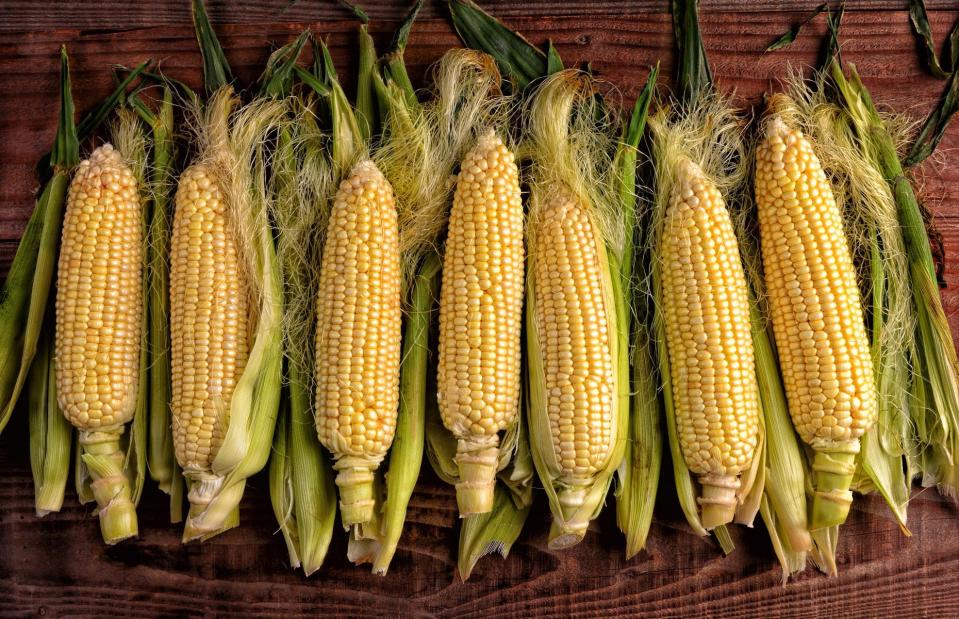
Steve Cukrov/Shutterstock
There’s more to sweetcorn than the kernels. Next time you buy a cob, don’t be in a rush to throw away the silks – that’s the fluffy tassels attached to the top. These can be used to make a tea that's said to have various health benefits, including anti-inflammatory properties. Simply allow the silks to dry out, then steep them in hot water.
5. Banana skins
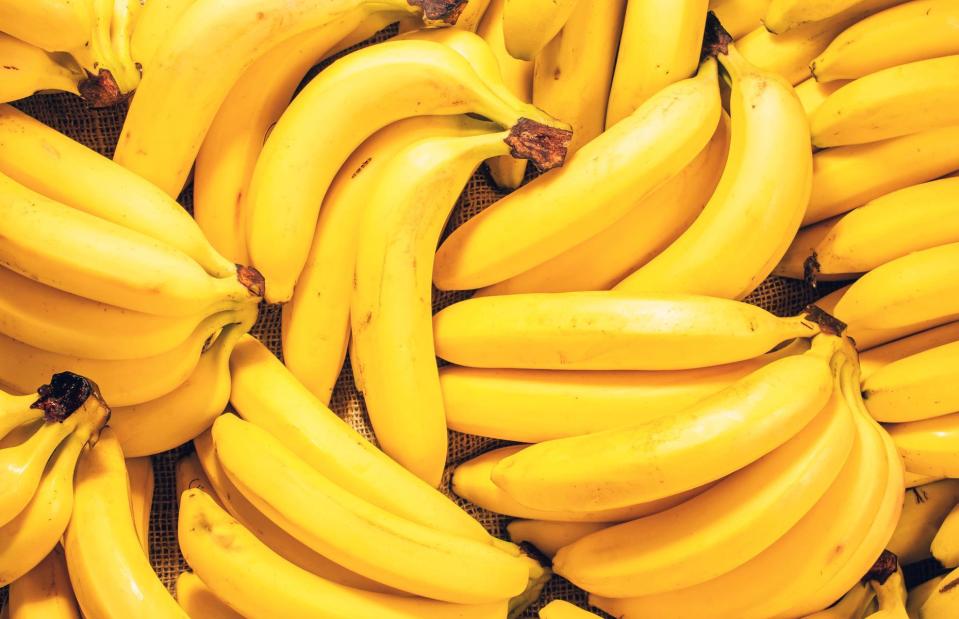
Hanna_photo/Shutterstock
It might sound bananas, but there are plenty of ways you can cook with these fruit peels; in fact, they're a common ingredient in many parts of the world. Full of fibre, vitamins and minerals, they simply need to be broken down in a food processor (or by cooking) before you tuck in. Try making a banana-peel chutney spiced with chillies and garlic, or whip up a banana-peel thoran (a coconut-based curry).
4. Tree bark

LarysaPol/Shutterstock
Ever looked at a tree and wondered what its trunk might taste like? As strange as it might sound, the bark of several species of tree can be eaten; the inside of the bark, called the cambium, is often full of nutrients. The soft, moist layer (which sometimes tastes sweet) can be boiled, dried or roasted, but it’s usually milled into flour. Of course, as with anything else you can forage, you shouldn’t go collecting bark without knowing what you’re doing first.
3. Crab shells
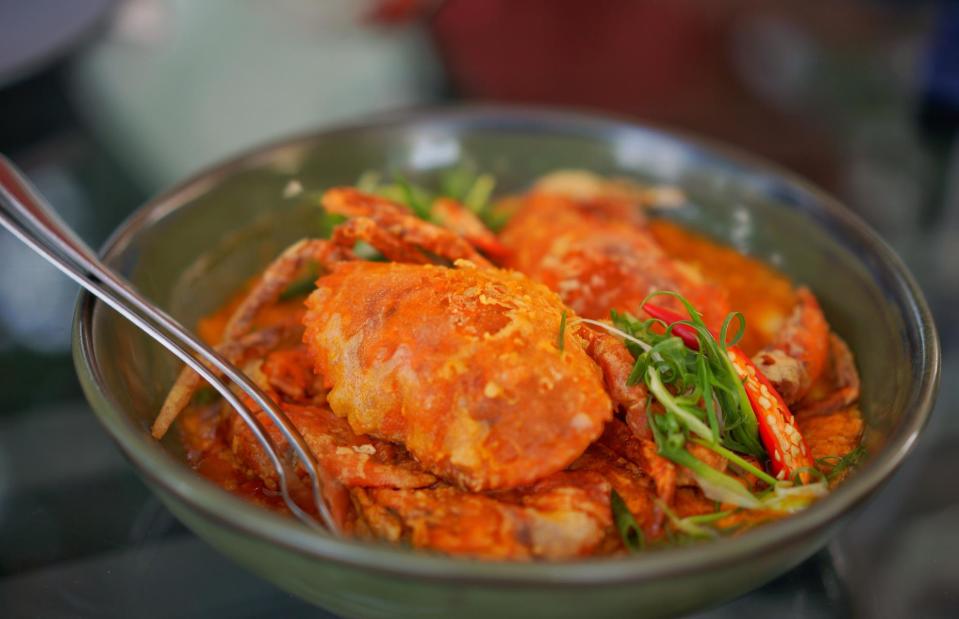
Binn Rungwattanapak/Shutterstock
You can’t eat any old crab shell – but soft-shell crabs’ exteriors are fine to eat. Soft-shell crabs are regular crabs that are harvested just after they’ve shed their hard exoskeleton (and while their new one is still soft). These crabs are particularly popular deep fried, but you could also pan fry your crab, or try making a soft-shell crab curry.
2. Jellyfish
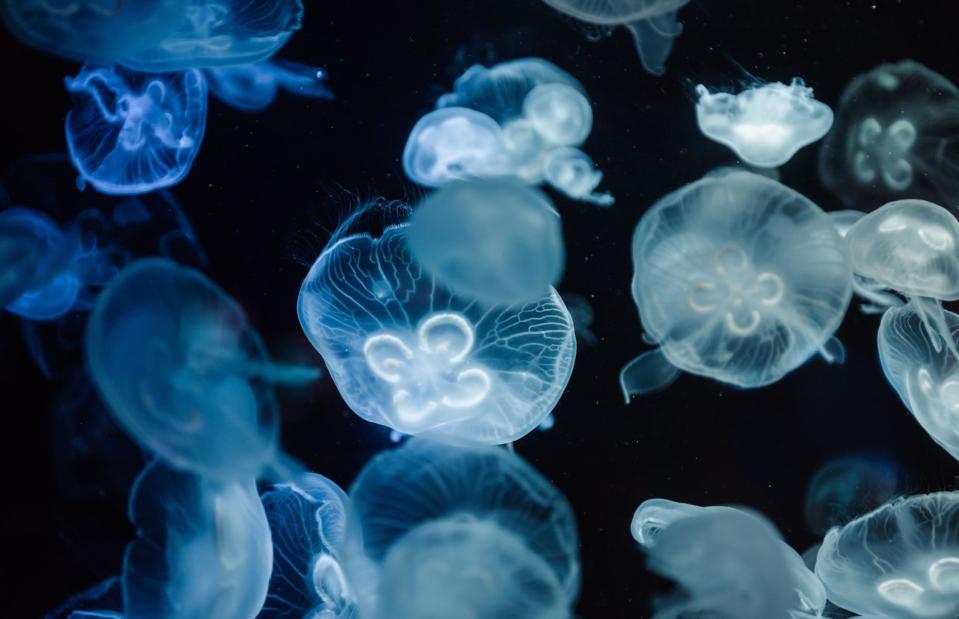
Andriy Baidak/Shutterstock
Jellyfish are consumed in large quantities around the world, with countries such as China, Myanmar and Indonesia leading the way when it comes to harvesting. It’s predicted that they could soon make their way onto menus elsewhere, as they’re a sustainable, tasty food resource. There are about 25 edible species, but don’t assume you can just pluck one from the beach; they should only be bought from reputable sellers who know how to clean and prepare them.
1. Woodlice
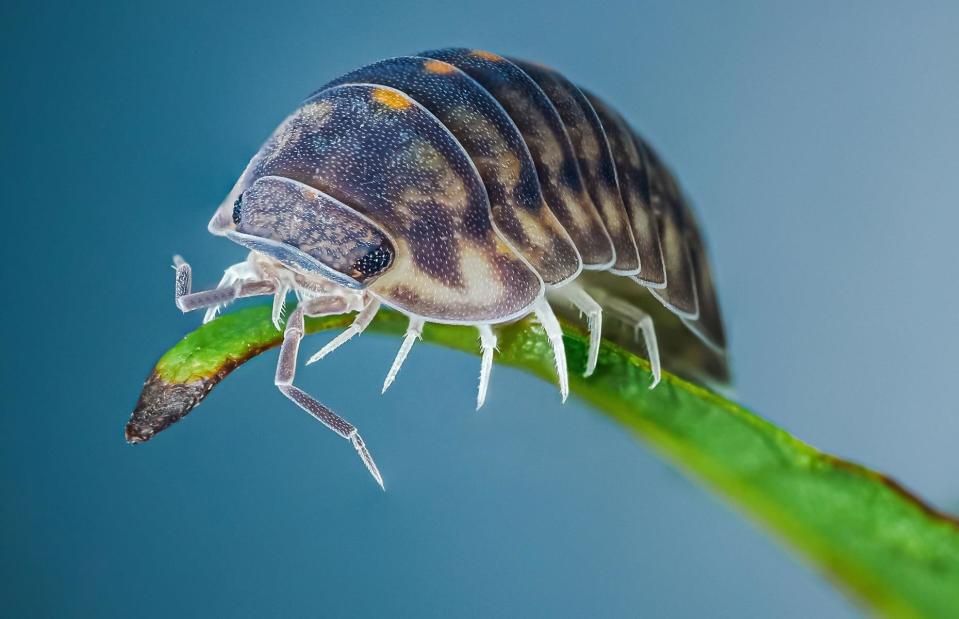
NuayLub/Shutterstock
Slaters, boat-builders, potato bugs... woodlice go by many names. But did you know that they’re technically edible? These tiny, armoured bugs are actually crustaceans, like prawns, crabs and lobsters. People who’ve tried them say they taste like prawns, too. They need to be boiled for several minutes – at least until their undersides turn white – and preferably for longer, ensuring any parasites or nasty bacteria are killed off. Rather than hunting under rocks, you should consult a foraging expert if you’re curious about trying them.
Now discover the foods you should never order at a restaurant
Last updated by Laura Ellis.


